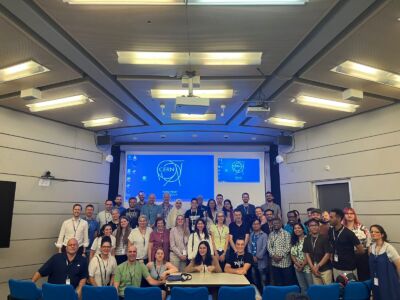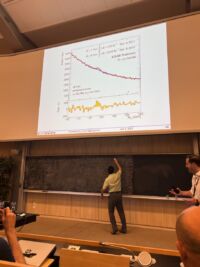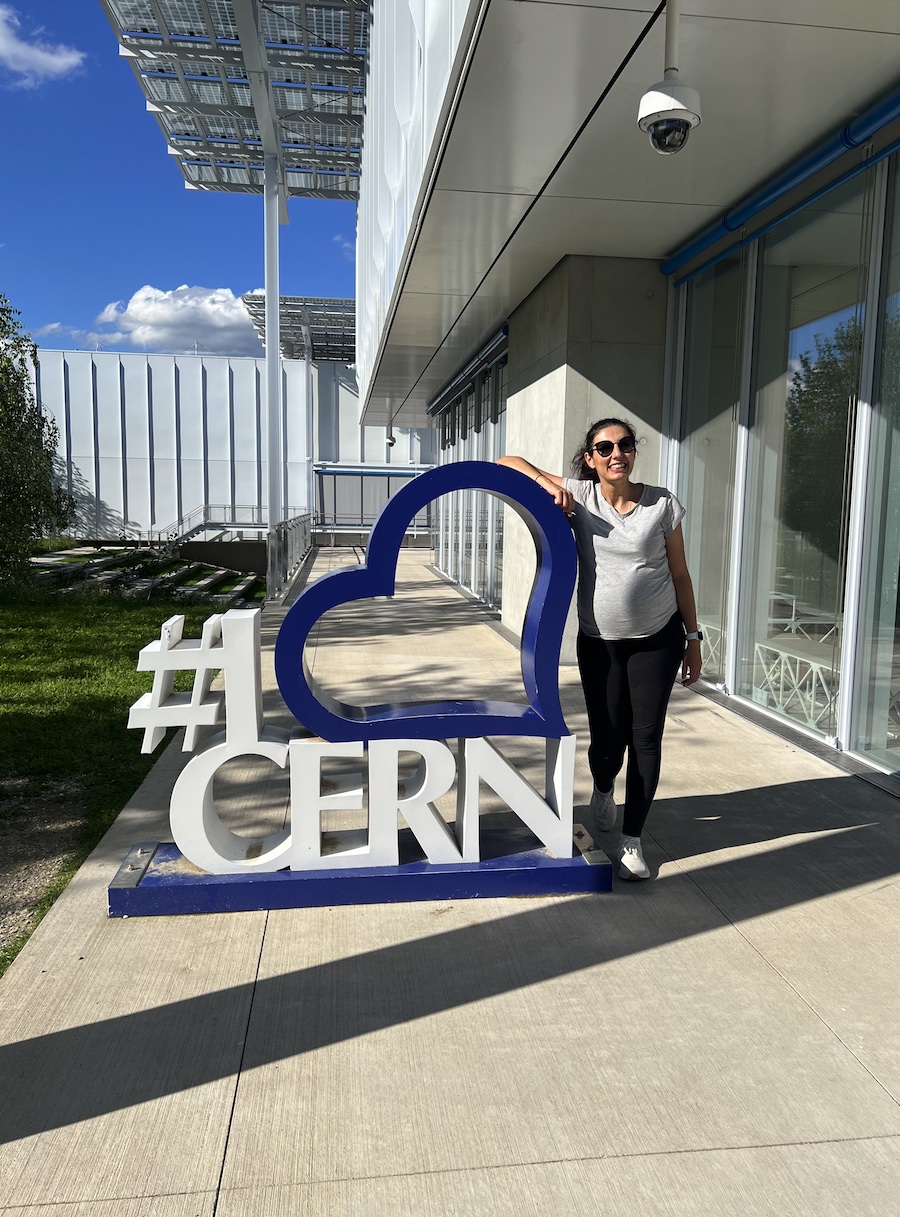 Sue Farroukh, Physics teacher at Marist College Eastwood, recently returned from a trip to CERN in Geneva where she attended the prestigious residential two week International High School Teacher Program. More than 60 Australian teachers applied for this program and Sue was one of only two teachers selected to attend.
Sue Farroukh, Physics teacher at Marist College Eastwood, recently returned from a trip to CERN in Geneva where she attended the prestigious residential two week International High School Teacher Program. More than 60 Australian teachers applied for this program and Sue was one of only two teachers selected to attend.
Founded in 1954 and located in Geneva, CERN is the most famous, and the largest laboratory in the world for particle physics – working on solving the mysteries of the universe as well as technologies in our daily lives. In fact, you have CERN to thank every time you use a touchscreen on your smartphone (invented at CERN in the 1970s) and access the internet (CERN invented the World Wide Web in 1989). We also have particle physics research at CERN to thank for life-saving cancer treatment in the form of radiation therapy.
“Incredible” is how Sue describes her experience at CERN. “Being surrounded by like-minded people and listening and speaking with experts in the field of particle physics was truly a once in a lifetime experience.”

Some of the experts Sue heard from included Professor John Ellis, a world-renowned theoretical physicist, Mike Lamont (Director of Accelerators and Technology at CERN), Claire Lee (experimental physicists known for her work with particle detectors) and Manjit Dosanjh (former Senior Adviser for Medical Applications at CERN and currently a Visiting Professor at the University of Oxford in the field of Biomedicine and Physics) – just to name a few!
In terms of teaching Sue says “The Program has deepened my knowledge of particle physics (the Standard Model – particles smaller than protons and neutrons), particle accelerators, detectors, antimatter and dark matter (whatever that is!) – topics which are required to be covered in the NSW Physics Syllabus. Importantly, I learnt about the “real world” applications of the research occurring at CERN, including cutting edge technology that is being used in current medical research and treatment, for example FLASH radiotherapy, a type of proton and electron therapy where healthy tissue remains undamaged with the proton or electron beam only targeting the cancer/tumour cells.”
Sue continues, “Not only has this experience allowed me to provide more detail and background to my students and peers around the real world application of what happens at CERN, but I now have access to a range of experts including engineers, researchers and theoretical physicists from a range of cultural and educational backgrounds to call on.”
As well as attending a wide range of lectures and visits, Sue also had to work in a group with other teachers in the Program to present a report on Engineering at CERN on their final day. The worldwide cohort of 46 teachers from 37 countries have since returned to their schools and are currently sharing teaching resources. “The worldwide classroom is well and truly alive and working well” comments Sue.
As well as the support she received from her principal, Ms Silvana Rossetti, her colleagues at Marist College Eastwood and the wider Sydney Catholic Schools community, Sue would also like to thank ANSTO (Australian Nuclear Science & Technology Organisation) for sponsoring the trip – one she won’t forget.

